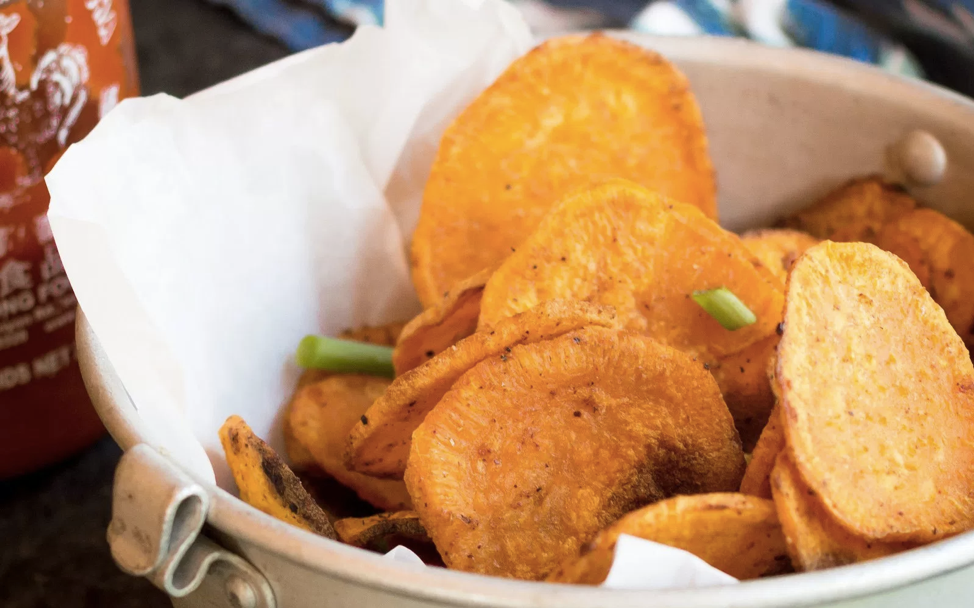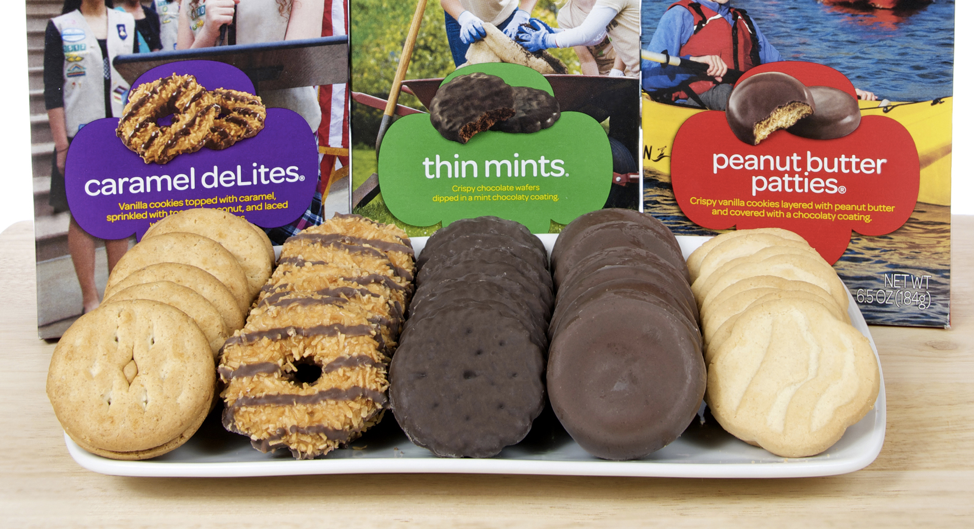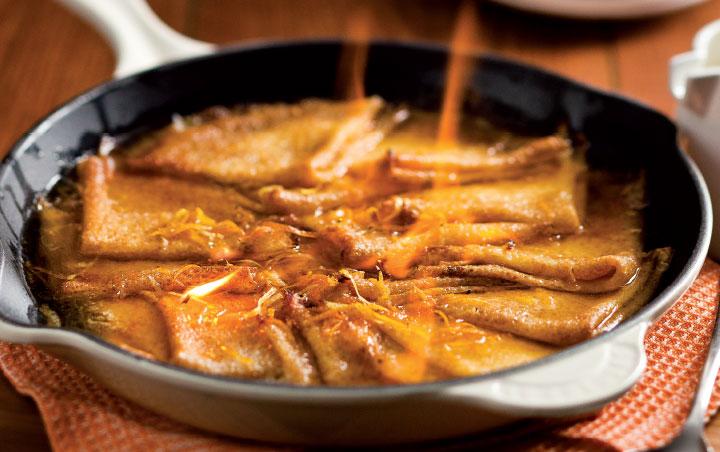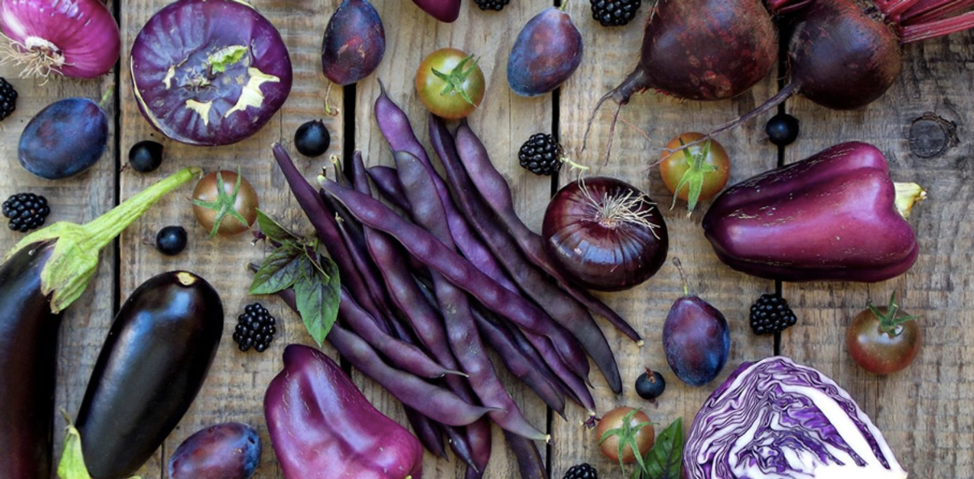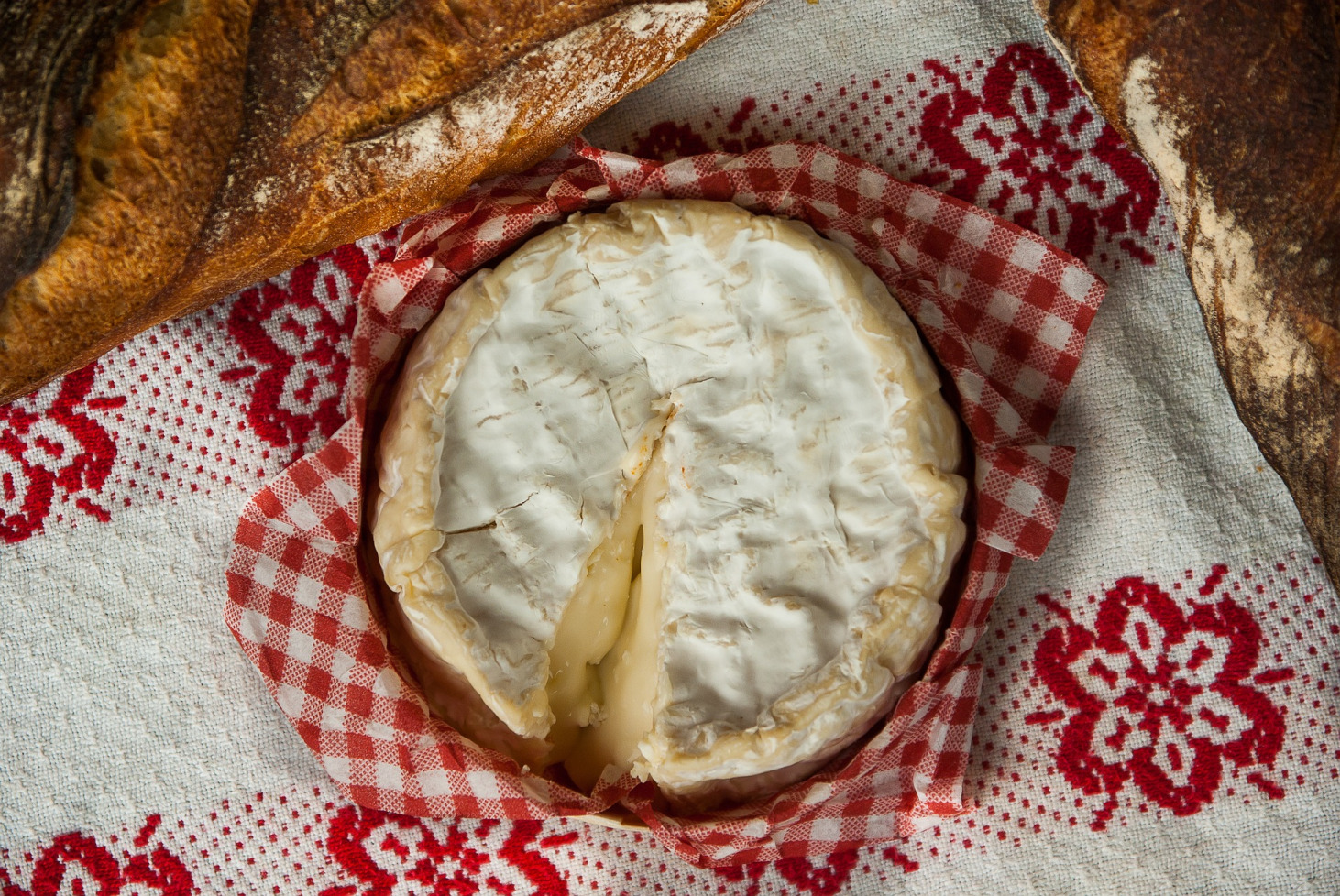“Hey, did you every try dunking a potato chip in champagne? It’s real crazy!” – Marilyn Monroe, The Seven Year Itch (1955)
What:
Potato chips are thin slices of potatoes that have been deep fried or baked until crispy and crunchy.
When:
August 24th, 1853
Where:
Moon’s Lake House, a restaurant in Saratoga Springs, New York
Who:
George Speck aka George Crum, a half-black, half-Native American cook
How:
Potatoes have been around since the dawn of time. As the fourth largest food crop (following maize, wheat, and rice), this starchy crop makes up an integral part of the world’s food supply. It’s surprising to know that potato chips only came into circulation nearly two centuries ago.
Enter George Crum, a chef at Moon’s Lake House in Saratoga Springs. Crum was an average 19th century chef – eager to please and partial to petty revenge. One day, he encountered a customer who had a beef with his cooking. Specifically, the customer claimed Crum’s French fries to be too thick, too soggy, and/or not salted well enough. As luck would have it, this request came in during a particularly busy restaurant rush. Crum sliced the potatoes thinner and dried them out longer, but the man kept sending them back each time.

The face of a chef who was pushed too far.
Like any self-respecting chef, Crum became reasonably pissed-off. He decided to take this picky patron to school – culinary school. Crum cut the potatoes into paper thin slices and over-fried them purposely so that the potato would appear incredibly crispy. He topped it off by liberally seasoning the potatoes with twice as much salt as he would normally use in order to make them especially unappetizing. It is noted that Crum used this “You don’t like my cooking? Well, taste this” tactic often whenever he dealt with a picky customer.
Once he served this revenge-laced concoction, Crum became surprised to learn that the customer actually enjoyed it. Deciding to turn payback into a profit, Crum began marketing his new creation as “Saratoga Chips” on the Moon’s Lake House menu. Soon after, customers began visiting in droves to try Crum’s hottest new sensation.
Years later, Crum opened his own restaurant, Crum’s, using the money he earned from Moon’s Lake House cooking Saratoga chips. At his new abode, Crum implemented a new policy where a basket of potato chips was placed on every table. Despite his success, Crum never patented his invention, instead allowing entrepreneurs like Herman Lay to swoop in and mass produce potato chips.
In 1973, the St. Regis Paper company, a noted packaging manufacturer for chips, claimed that Crum’s customer was Cornelius Vanderbilt. The truth of this statement remains unknown to this day.
Sources:
“George Crum – Inventor of Potato Chips.” Famous Black Inventors, 26 June 2013, www.black-inventor.com/George-Crum.asp.
Ramakrishnan, Rohan. “7 Great Foods (That Were Created Thanks to Dick Moves).”Cracked, 19 Sept. 2010, www.cracked.com/article_18744_7-great-foods-that-were-created-thanks-to-dick-moves.html.
Turcotte, Matthew W. “Potato Chips – Good To The Last ‘Crum.’” A POP CULTURE ADDICT’S GUIDE TO LIFE, 13 Feb. 2013, popcultureaddictlifeguide.blogspot.com/2013/02/potato-chips-good-to-last-crum.html.

